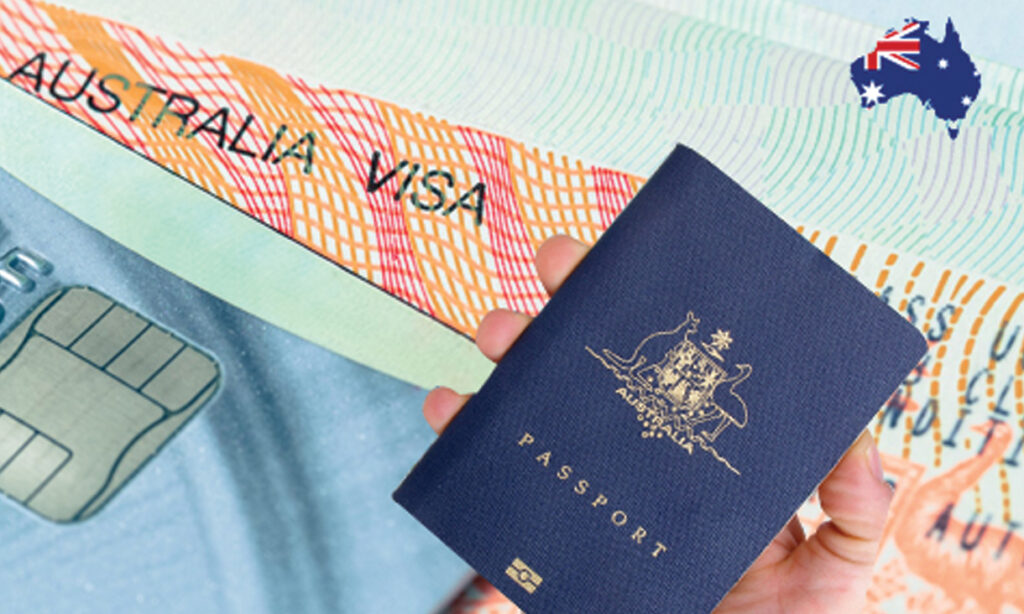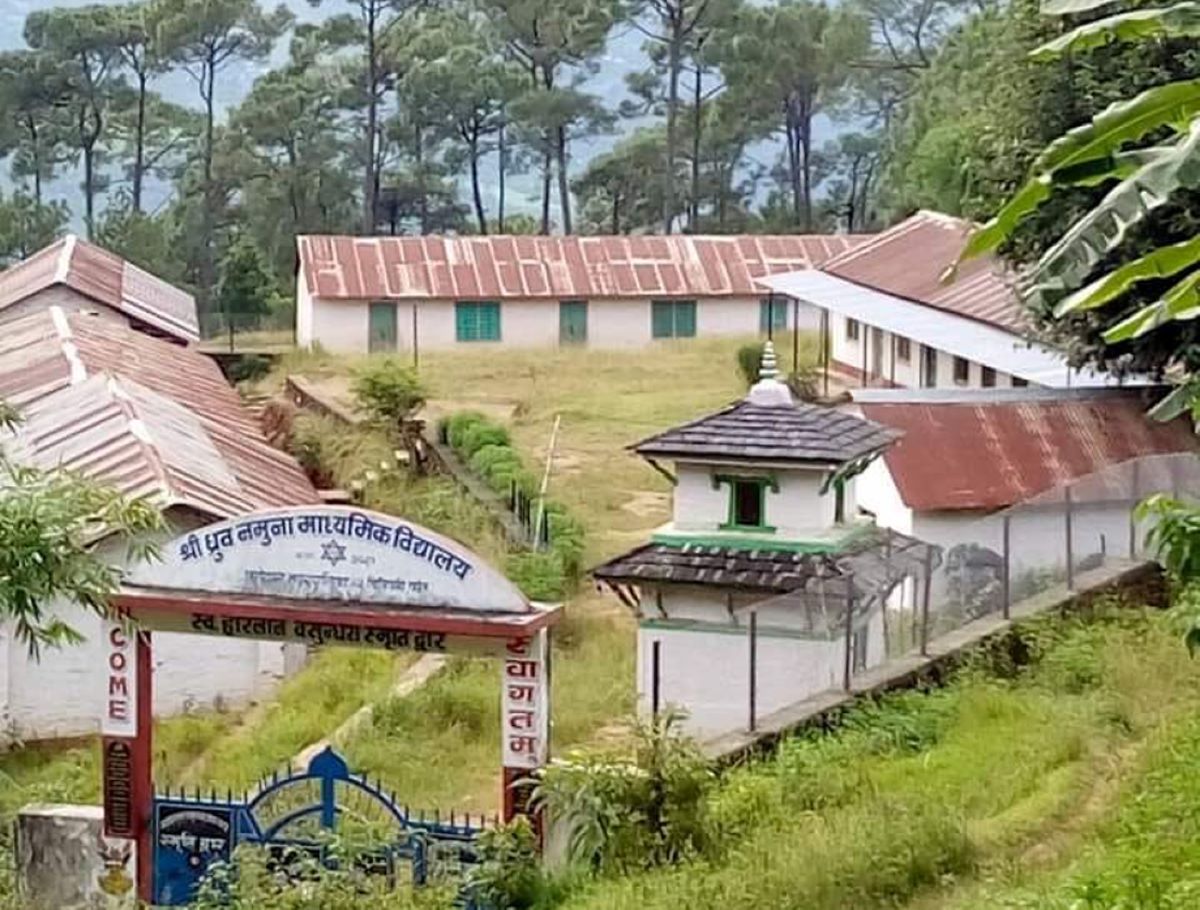Introduction Australia’s long-anticipated Migration Strategy has been revealed, outlining substantial changes set to transform the migration landscape from 2024 onwards. While the reforms have generated intense speculation, their implementation is slated for the end of 2024, providing businesses and visa applicants ample time for preparation.
Current Migration Scenario: The Debate on Net Overseas Migration (NOM) Critical discussions surround Australia’s migration system, particularly concerning net overseas migration (NOM). This includes temporary visa holders like international students, working holiday makers, and others. The spotlight on the international student sector’s impact on housing affordability and shortage in major cities has fueled the need for strategic migration reforms.
Skilled Migration and National Development Skilled migration stands as a pivotal pillar in elevating the nation’s living standards by enhancing productivity, a concern highlighted by the Reserve Bank of Australia post-pandemic.
Key Elements of the Migration Strategy
- Subclass 482 Replacement: Skills in Demand Visa
- One of the most significant developments is the replacement of the 482/TSS visa, which had a brief seven-year existence, with the new Skills in Demand visa. This upcoming visa will be a four-year temporary skilled worker visa offering three potential ‘pathways’ or potentially evolving streams.Unlike its predecessor, this new visa is designed to offer greater flexibility for primary visa holders, allowing them to change employers more easily. When a primary visa holder ends their employment with their sponsor, they will now have a 120-day window before breaching their visa conditions, a notable improvement from the current 60-day timeframe under visa condition 8607. Additionally, individuals within this cohort will have the ability to work during this transition period, which is currently prohibited until a new nomination is approved.The government is considering a revised payment model for the Skilling Australia Fund Levy, exploring the possibility of monthly or quarterly fees rather than a substantial upfront payment. This move seems to strike a balance between enabling worker mobility and addressing concerns about individuals leaving shortly after being sponsored by an employer, potentially reducing the financial burden. However, there might be challenges in recovering fees that fall into arrears.
Furthermore, adjustments to the work experience requirement for both the 482 visas and this new visa are in the pipeline, primarily to grant Temporary Graduate visa holders the opportunity to apply for this new visa category.
The Skills in Demand visa will feature three distinct pathways: the Specialist Skills Pathway, Core Skills Pathway, and Essential Skills Pathway. These pathways aim to cater to various skill sets and qualifications, providing a more tailored approach to meet diverse workforce needs.
- One of the most significant developments is the replacement of the 482/TSS visa, which had a brief seven-year existence, with the new Skills in Demand visa. This upcoming visa will be a four-year temporary skilled worker visa offering three potential ‘pathways’ or potentially evolving streams.Unlike its predecessor, this new visa is designed to offer greater flexibility for primary visa holders, allowing them to change employers more easily. When a primary visa holder ends their employment with their sponsor, they will now have a 120-day window before breaching their visa conditions, a notable improvement from the current 60-day timeframe under visa condition 8607. Additionally, individuals within this cohort will have the ability to work during this transition period, which is currently prohibited until a new nomination is approved.The government is considering a revised payment model for the Skilling Australia Fund Levy, exploring the possibility of monthly or quarterly fees rather than a substantial upfront payment. This move seems to strike a balance between enabling worker mobility and addressing concerns about individuals leaving shortly after being sponsored by an employer, potentially reducing the financial burden. However, there might be challenges in recovering fees that fall into arrears.
- Three Pathways of Skills in Demand Visa
- Specialist Skills Pathway : This new visa framework will not encompass trade, machinery operator, driver, and laborer occupations. Prospective visa applicants must meet a minimum salary threshold of $135,000, an initial benchmark subject to annual indexing. Moreover, this salary requirement must align with the remuneration earned by Australian workers in the same occupation.It’s crucial to note that artificially inflating the salary threshold using excessive overtime won’t be permissible, and monitoring for compliance is likely to be stringent.Anticipated processing times for visa approvals are remarkably swift, expected to conclude within seven days. This efficiency contrasts with the previous issues of transparency and prolonged processing times faced by the Global Talent visas.
This new visa category is poised to assume a predominant position, potentially overshadowing the Global Talent visas. The latter has grappled with transparency issues and extensive processing durations, paving the way for this more streamlined and expeditious visa pathway.
- Core Skills Pathway
Similar to the current 482 visa, this new visa program will closely mirror its operational aspects. To qualify, applicants must align with an occupation listed on the Core Skills Occupation List and meet the Core Skills Threshold, equivalent to the rebranded Temporary Skilled Migration Income Threshold (TSMIT).The Core Skills Occupation List will be updated to incorporate a revised version of the Australian and New Zealand Standard Classification of Occupations (ANZSCO), introducing newer occupations. The inclusion of specific occupations will be guided by Jobs and Skills Australia, serving as the principal advisory body in this regard.Anticipated processing times for these visas stand at around 21 days, marking a moderate timeline for approvals under this program. - Essential Skills PathwayThis new pathway is anticipated to complement existing labor agreements, specifically catering to lower-paid workers whose salaries are projected to fall below the Core Skills Threshold. The care industry is poised to be among the initial sectors where this pathway will be implemented, with potential expansion to encompass work in regional areas down the line.Sector-specific arrangements will be established, featuring defined caps and minimum standards, resembling the industry template labor agreements’ take-it-or-leave-it approach.Although labor agreements won’t likely be phased out entirely, there are expected revisions in the requirements for accessing them.
The future trajectory of the subclass 494 – Skilled Employer Sponsored Regional (Provisional) visa remains uncertain. However, visa processing for migrants sponsored by employers in regional Australia is slated to receive top priority in skilled visa processing.
- Specialist Skills Pathway : This new visa framework will not encompass trade, machinery operator, driver, and laborer occupations. Prospective visa applicants must meet a minimum salary threshold of $135,000, an initial benchmark subject to annual indexing. Moreover, this salary requirement must align with the remuneration earned by Australian workers in the same occupation.It’s crucial to note that artificially inflating the salary threshold using excessive overtime won’t be permissible, and monitoring for compliance is likely to be stringent.Anticipated processing times for visa approvals are remarkably swift, expected to conclude within seven days. This efficiency contrasts with the previous issues of transparency and prolonged processing times faced by the Global Talent visas.
- Legislated Indexing of Wage Thresholds
- Annual indexing of wage thresholds for Core and Specialist Skills Pathways ensures alignment with local wage trends, eliminating arbitrary adjustments.
- Revised Points Test for General Skilled Migration Visas
- Proposed adjustments in the points system for GSM visas aim to prioritize economic outcomes by rebalancing factors such as age, work experience, and removing regional study and community language skills as points contributors.
- New Talent and Innovation Visa
- A forthcoming Talent and Innovation visa will merge Global Talent and Business Innovation and Investment Programs (BIIP), redirecting focus to sectors fostering productivity and innovation.
- Enhanced Visa Requirements for Student and Temporary Graduate Visas
- Stringent measures on English language proficiency for student visas and subclass 485 visas aim to counter non-genuine applications and regulate education agents.
- Temporary Graduate Visa Changes
- Reductions in visa durations and age caps for Temporary Graduate visas are slated, aligning with criteria for permanent skilled visas.
- Heightened Visa Compliance and Processing Efficiency
- Enhanced measures, including data-matching with the Australia Tax Office and expedited onshore protection visa processing, reinforce visa compliance and efficiency.
Conclusion As 2024 approaches, Australia’s migration reforms promise significant shifts in visa pathways, compliance, and strategic alignment with economic priorities. These changes, while challenging for some, present opportunities for a more targeted and efficient migration program.

















